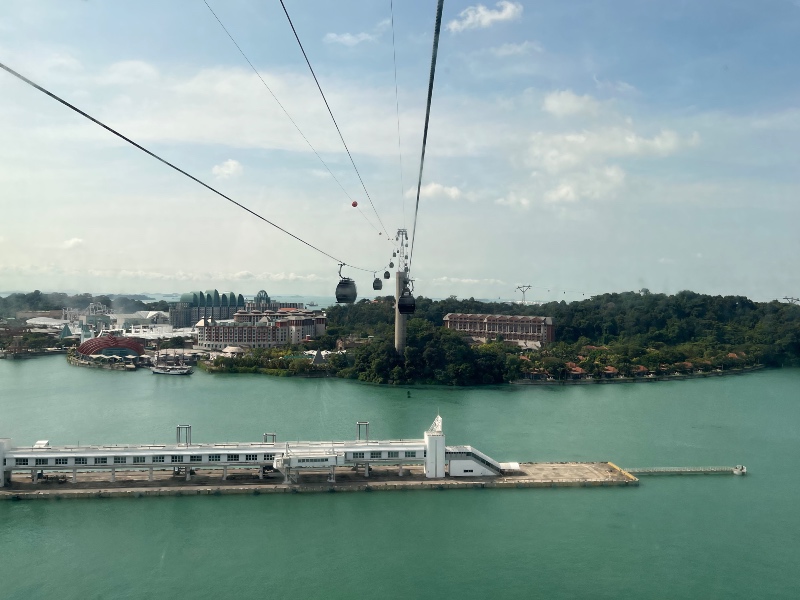
Since November 2021, Australians have been allowed to travel to Singapore under the Vaccinated Travel Lane (VTL) arrangement. But there’s a lot more paperwork involved than in pre-COVID times, as I recently experienced when I travelled from Melbourne to Singapore in the first week of February 2022.
This article explains the procedures I had to follow to get to Singapore and back home to Australia. Whenever possible, I made sure I had a paper copy of every requirement with me during the trip!
Contents
Pre-trip planning
The first step is to book a designated VTL flight to Singapore. Fortunately, every Qantas and Jetstar flight from Australia to Singapore is a VTL flight at the moment. Most Singapore Airlines and Scoot flights are too, except for SQ242 from Sydney to Singapore and the occasional Scoot flight from Perth to Singapore which are not VTL flights.
To be allowed to board a VTL flight, you need to meet certain Singapore government requirements. To summarise, you must:
- Apply for a Vaccinated Travel Pass (VTP)
- Have proof of full COVID-19 vaccination – the Australian International Vaccination Certificate is acceptable, although some people have had trouble uploading it when applying for their Vaccinated Travel Pass
- Apply for a visa (if required – this is not generally needed for Australians entering Singapore as tourists)
- Purchase COVID travel insurance – this needs to have a minimum coverage of S$30,000 for COVID related medical expenses if required
- Book self-isolation accommodation where you will stay until you get a negative result from the COVID test taken on arrival – check the websites of the hotels you are looking at
- Take a pre-departure COVID-19 test within two days before departure
- Submit a health declaration with three days before arrival in Singapore
- Register and pay for a test that you’ll need to get at Changi Airport on arrival in Singapore
- Download Singapore’s TraceTogether contact tracing app and make sure you have a phone that has data (not just wifi) while in Singapore.
There is an excellent checklist on the Singapore government’s SafeTravel website with full details of these requirements.
The trip to Singapore
I flew with Qantas from Melbourne to Singapore via Sydney. My first flight from Melbourne to Sydney departed at 7am, so I went to the Histopath COVID testing centre at Melbourne Airport on the evening before my flight. The express PCR test cost $79. Histopath generally accepts international passengers with flights departing within the next 24 hours, so this is an option if your flight departs early in the morning.

I had pre-paid for my COVID-19 test at Melbourne Airport. There was a wait of around 45 minutes to be tested in the late afternoon. My results were back about an hour after getting tested (negative, thankfully). I went back to the testing centre and they printed a copy for me.
When I picked up my results, I noticed there was a rush of people arriving then to get tested four hours before the evening bank of flights departed at around 10.30pm. So, allow plenty of time!
I also pre-paid for the on-arrival test in Singapore, which cost SGD125 (~AU$130). At Changi Airport there are QR codes that link you to a website where you can pay on arrival, but I would not recommend doing this. From memory, I had my pre-paid test details confirmed at check-in!
I checked in at Melbourne Airport just shy of two hours early. The process to check all my documentation took at least ten minutes as it was a step-by-step process. It was worthwhile having a paper copy of everything to save having to reference emails or online documents.
Once I had my boarding passes in Melbourne, there were no further COVID-related checks. The procedure to transfer to an international flight in Sydney was the same as pre-COVID with smart gates for passport control, followed by the security check… and the Qantas First Lounge!
Arriving in Singapore
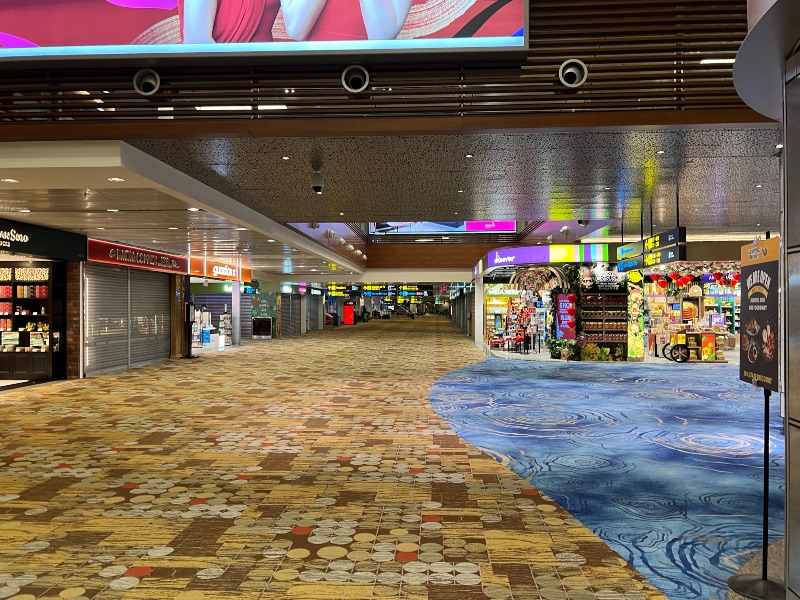
We disembarked as normal in Singapore and were ushered onto the travelators. After leaving the gate area, we were able to wander at will – I chose not to!
At immigration I was asked for proof of a negative COVID-19 test, confirmation of my hotel booking, and the VTP.
Once through immigration and after baggage collection, there is a row of desks checking the COVID pre-test paperwork. As mentioned above, there were QR codes to be able to pay for the test on the spot if needed. The next row of booths is for the tests themselves. As I was the first one to them there was no waiting. I’d estimate there were about twenty desks at the first checkpoint, and a similar number of testing booths.
You’ll then need to make your way to your hotel and isolate there until the on-arrival PCR test taken at the airport comes back negative. You are required to travel via private transport such as Uber, a taxi or a hotel car. Trains or buses are not acceptable.
In Singapore
My hotel had set up an isolation floor which I stayed in for one night. It took about 12 hours after arrival for my PCR test to come back negative.
Breakfast was included at my hotel, although that might have been included anyway with the room rate I had chosen. Dinner was not included. Ensure that wherever you choose to stay, there is the ability to get takeaway food or room service delivered!
From days two to seven after arrival in Singapore, a daily rapid antigen test (RAT) is required. I arrived on a Saturday, so had RATs from Sunday to the following Friday. You are required to stay in your accomodation any day that you do not carry out a RAT.
I took enough test kits for a couple of days, and after that bought more locally. RATs (or ARTs as they are know as in Singapore) are available in every pharmacy at a cost of about AU$6 each.
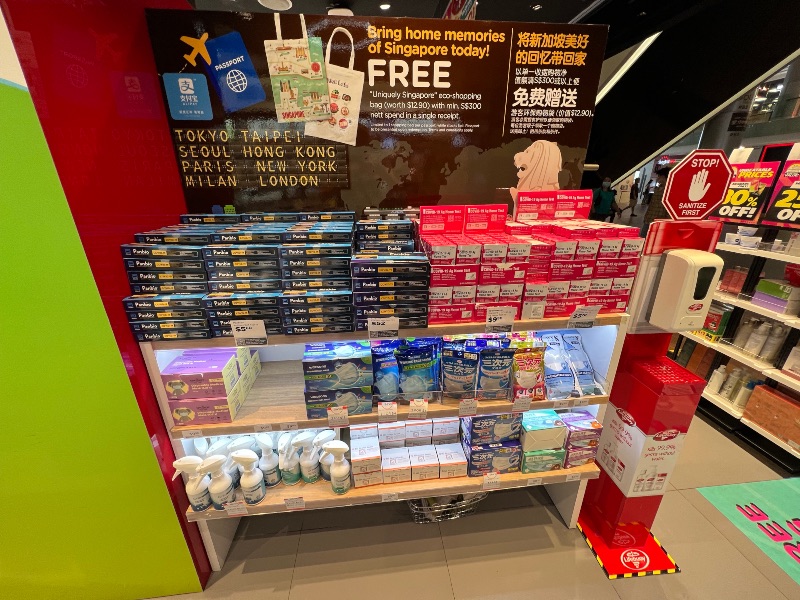
Preparing to return to Australia
Until recently, a negative PCR test was required within three days before flying back to Australia. But I travelled after the Australian government changed its requirements to also allow a supervised RAT within 24 hours before departure (instead of a PCR test).
I was not sure if I was going to be able to get a RAT within 24 hours of my flight, so opted for a PCR test two days earlier. Another reason I did not want to do a RAT on the day I departed was the risk of it being positive and having to scramble to cancel flights and find accommodation for a further 7 days at the last minute.
I chose a clinic for the PCR test from the Singapore Ministry of Health list of providers. (You can choose a map view to make it easier.)
The doctor’s clinic I found was in the building next to my hotel. I called in a few days earlier and made an appointment. The cost for a PCR test was SGD160.50 (~AU$166). You may be able to do better if you shop around, and a RAT may well be cheaper. I did my test at 09:00 on Thursday and got my result via SMS and an email at 09:30 on Friday. The clinic printed the result for me.
You also need to complete an Australia Travel Declaration between 7 days and 72 hours before departure. I downloaded the Australia Travel Declaration app, which was straightforward to use. The only bugbear is the need to get a verification code via email – so make sure you have access to that. I needed to enter a verification code on multiple occasions, so don’t be alarmed if you find the same.
The Australia Travel Declaration does not replace the normal incoming passenger arrival card, which still needed to be filled out on the plane.
Please note that from 18 February 2022, the Digital Passenger Declaration (DPD) will replace the Australia Travel Declaration.
Arriving back in Australia
The arrival in Sydney was no different to pre-COVID times. You still need to scan your passport at a self-serve kiosk and then go to an automated gate, or see an immigration officer for manual processing. Then collect you luggage (for those who travel with checked luggage!) and proceed to customs. Make sure you have your completed arrival card ready to present.
Each state has different requirements to get additional COVID-19 tests after arrival.
For example, NSW requires you to take a RAT on arrival and isolate until you have a negative result. This is followed by another RAT on day 6.
Victoria requires just one RAT on arrival with isolation until it shows negative.
Please note that everything I have written is subject to change, so it is important to keep an eye on the various Singaporean and Australian government websites.
Was the trip to Singapore worth all the hassle?
Having now gone through the process of travelling to Singapore and experiencing all the extra travel requirements firsthand, would I still go?
Absolutely!
But I say this having done my homework, making sure I checked all the requirements in advance and that I had everything I needed.
The cost of meeting the various mandatory COVID-19 testing requirements would have been around $400. This needs to be factored into the cost of your trip. But I was happy to pay that in order to get some use out of my passport this year!
Travelling the world in 2022 is certainly more complex now than it was before the pandemic, and it requires a much greater level of research and preparation. This is not for everyone. But as long as you’re comfortable with the extra travel requirements, my advice is to go for it!
You can leave a comment or discuss this topic on the Australian Frequent Flyer forum.
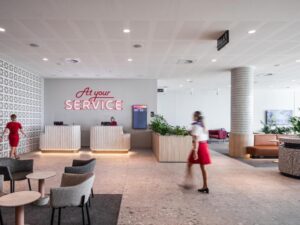

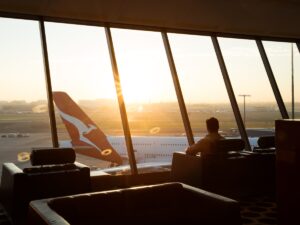

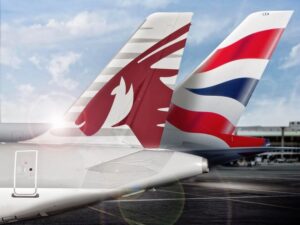

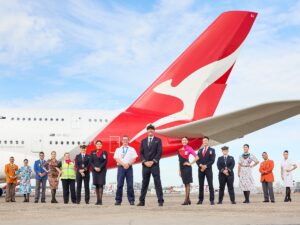
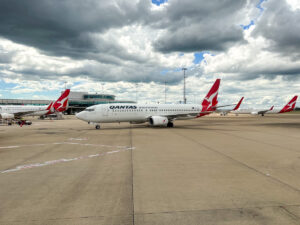


























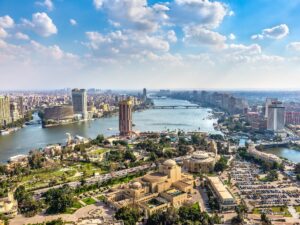
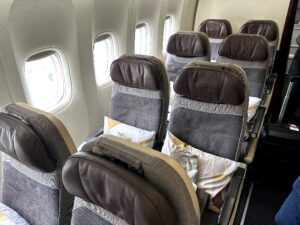



























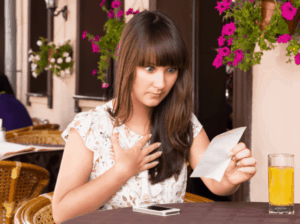










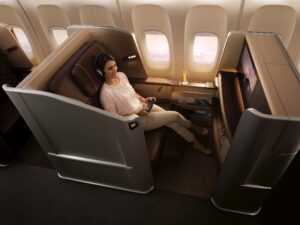






Community Comments
Loading new replies...
Join the full discussion at the Australian Frequent Flyer →